Bangladesh, a small South Asian nation nestled along the Bay of Bengal, is renowned for its unique geography and diverse climatic conditions. Surrounded by India, with a small border shared with Myanmar, the country is often referred to as the “land of rivers,” boasting over 57 rivers coursing through its terrain. Amidst its natural beauty lies an intriguing aspect—dangerous animals in Bangladesh. From the evergreen hills of the northeast to the flatlands prone to climate change-induced flooding, the country’s landscape provides a habitat for a variety of creatures adapted to the tropical climate, making it essential for travelers to be aware of potential risks and exercise caution during their visits.
Table of Contents
Why visit Bangladesh?

Bangladesh stands out as an iconic destination, celebrated for its rich diversity of creatures thriving in various climatic conditions. The regions encompass moist deciduous forests, rainforests, freshwater swamps, and suburban mangroves, creating an ideal habitat for a plethora of species. The country hosts UNESCO world heritage sites in both its eastern and western zones, showcasing a unique ecosystem that demands caution due to the presence of different creatures.
Despite being home to elephants, tigers, and a diverse array of fauna, Bangladesh grapples with significant challenges in environmental and species protection, resulting in some species teetering on the brink of extinction. As you embark on your trip, here are some of the dangerous animals you might encounter in Bangladesh.
Western Hoolock Gibbon
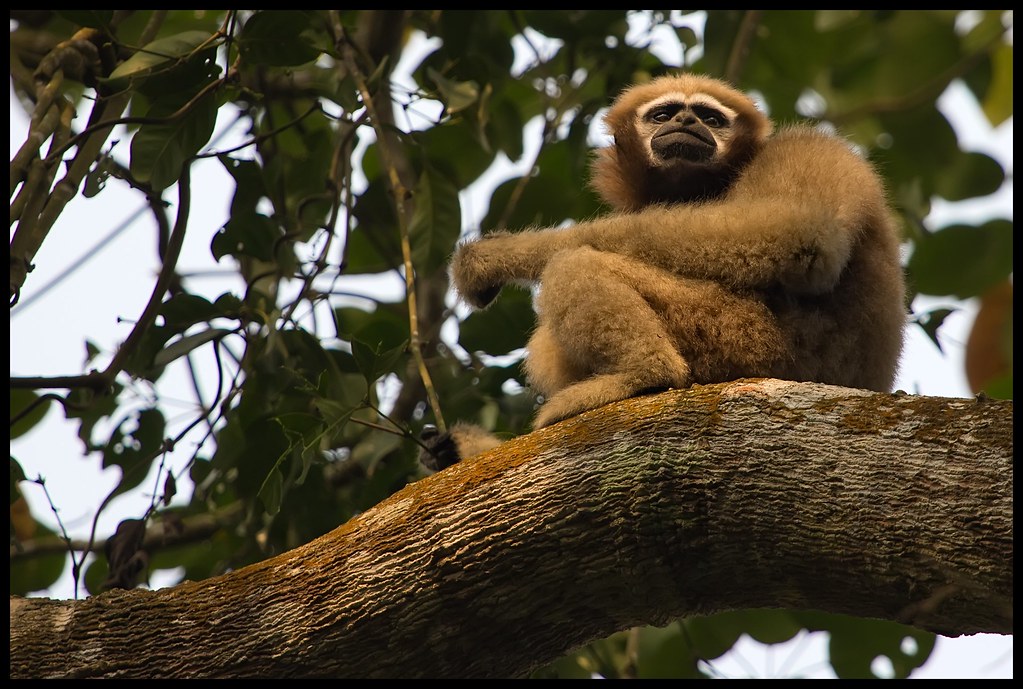
In the northeastern reaches of Bangladesh, an unexpected resident thrives in its natural habitat – the western hoolock gibbon. Known for their swift movements and shrill whooping calls, these gibbons stand out with distinguishing features. Over the past century, their population has dwindled due to human activities like deforestation. Though some reside in national parks and other parts of the country, caution is essential. Feeding them poses risks, especially if they have offspring, as they may exhibit aggressive behavior. Spending most of their time in trees, these gibbons descend only when necessary, offering a unique encounter in northeastern Bangladesh.
Cobras
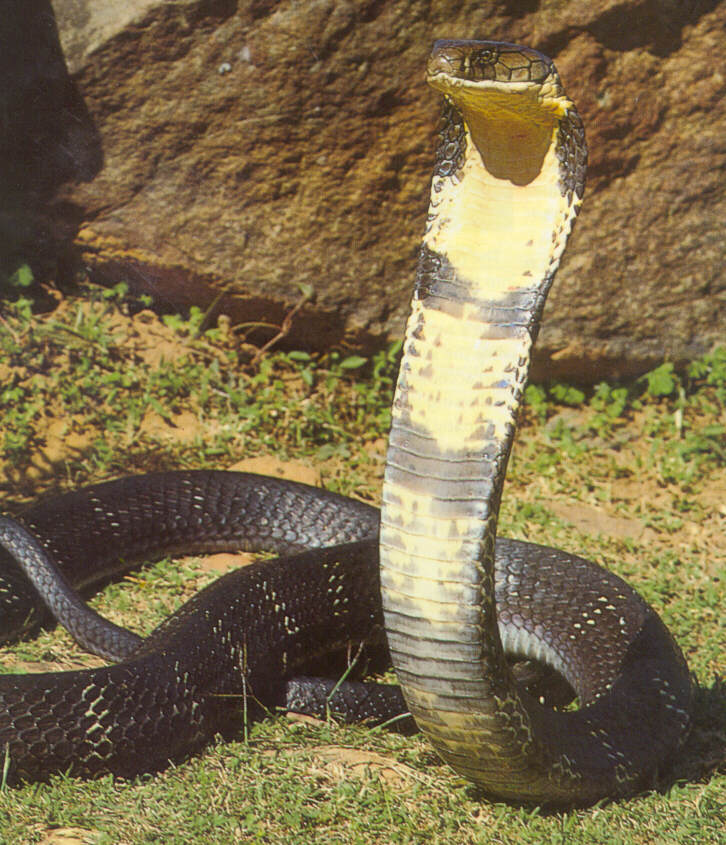
Venturing into the deep forests of Bangladesh unveils one of the planet’s most dangerous creatures – the cobra. In the mountainous rainforests, these threatened species are recognized for their hooded neck features and precise biting ability. Emitting a hissing sound before striking, cobras demand careful avoidance. Increased human poaching and hunting have amplified their threat level, with attacks on people becoming more frequent. A cobra bite necessitates immediate medical attention to prevent a potentially fatal outcome.
Mugger Crocodiles
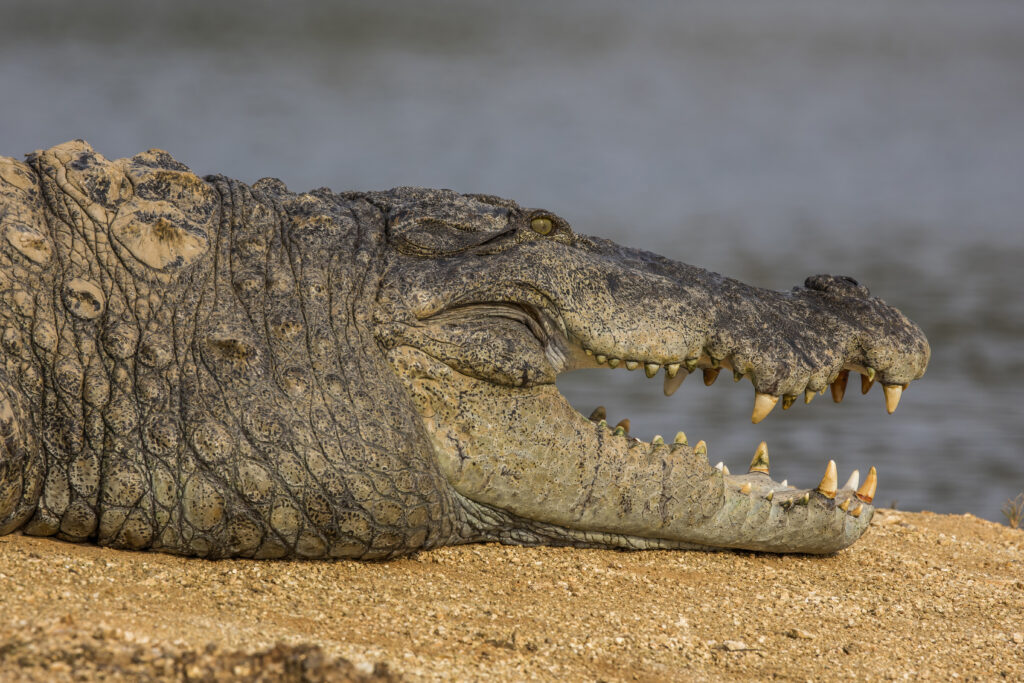
Swamps in Bangladesh harbor the elusive mugger crocodile, distinguished by its long stout and grey-brown scales. Though human attacks are infrequent, these crocodiles are formidable, equipped with sharp teeth and powerful muscles. Feeding on fish, birds, mammals, and snakes, they migrate to land during the dry season, raising the risk of human conflicts. To ensure safety, staying in designated safe zones is crucial, avoiding any interaction with these dangerous creatures.
Bengal Tiger
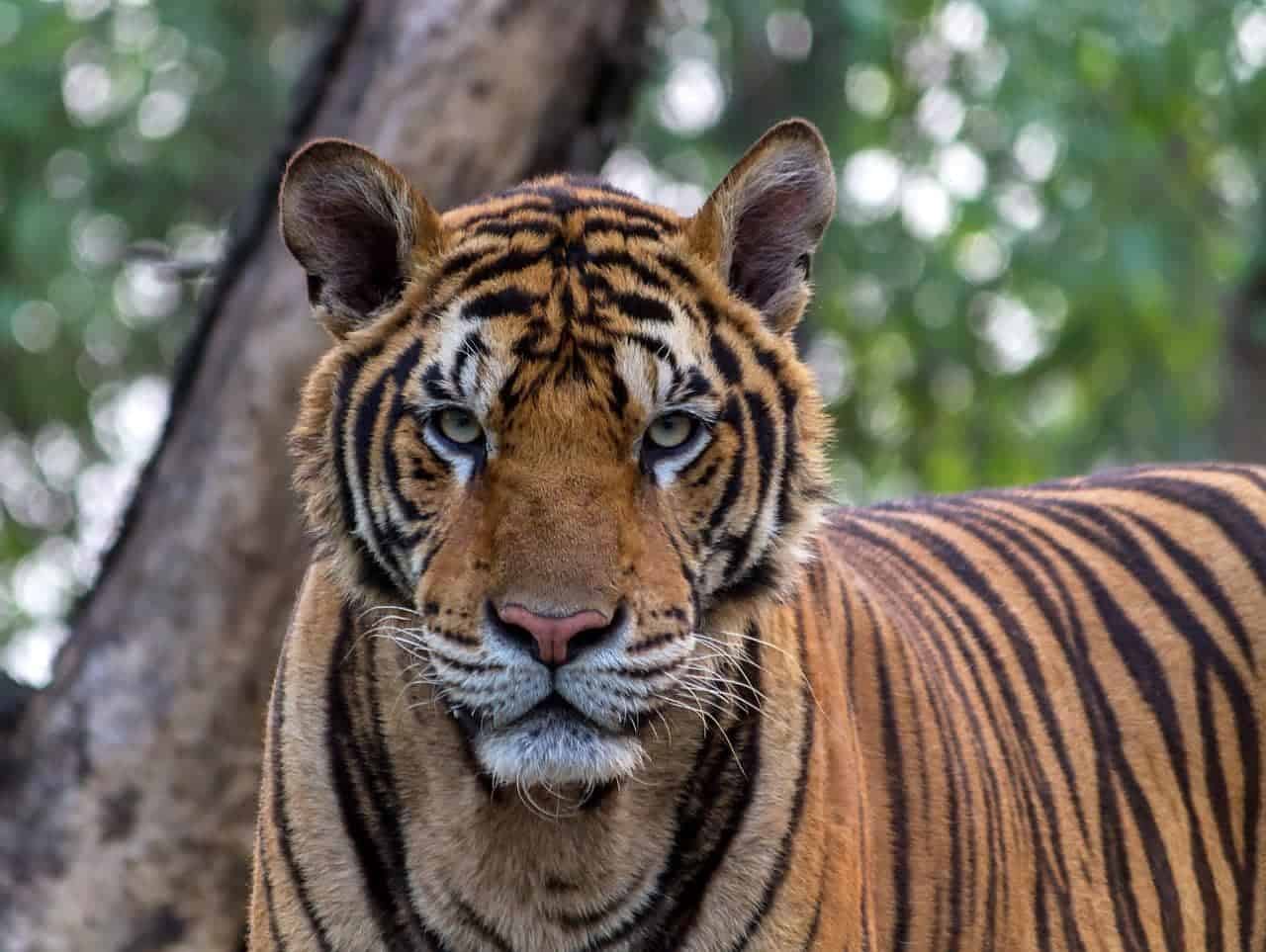
An icon of the Indian subcontinent, the Bengal tiger roams deep within the forests of Bangladesh, with a population exceeding three thousand. Threatened by poaching and territorial conflicts with humans, these aggressive tigers demand cautious distance. The Sundarbans region has witnessed an escalation in human-tiger conflicts, contributing to a decline in their numbers. With sharp claws and teeth, Bengal tigers pose a significant threat, making proximity a perilous endeavor.
Asian Elephant
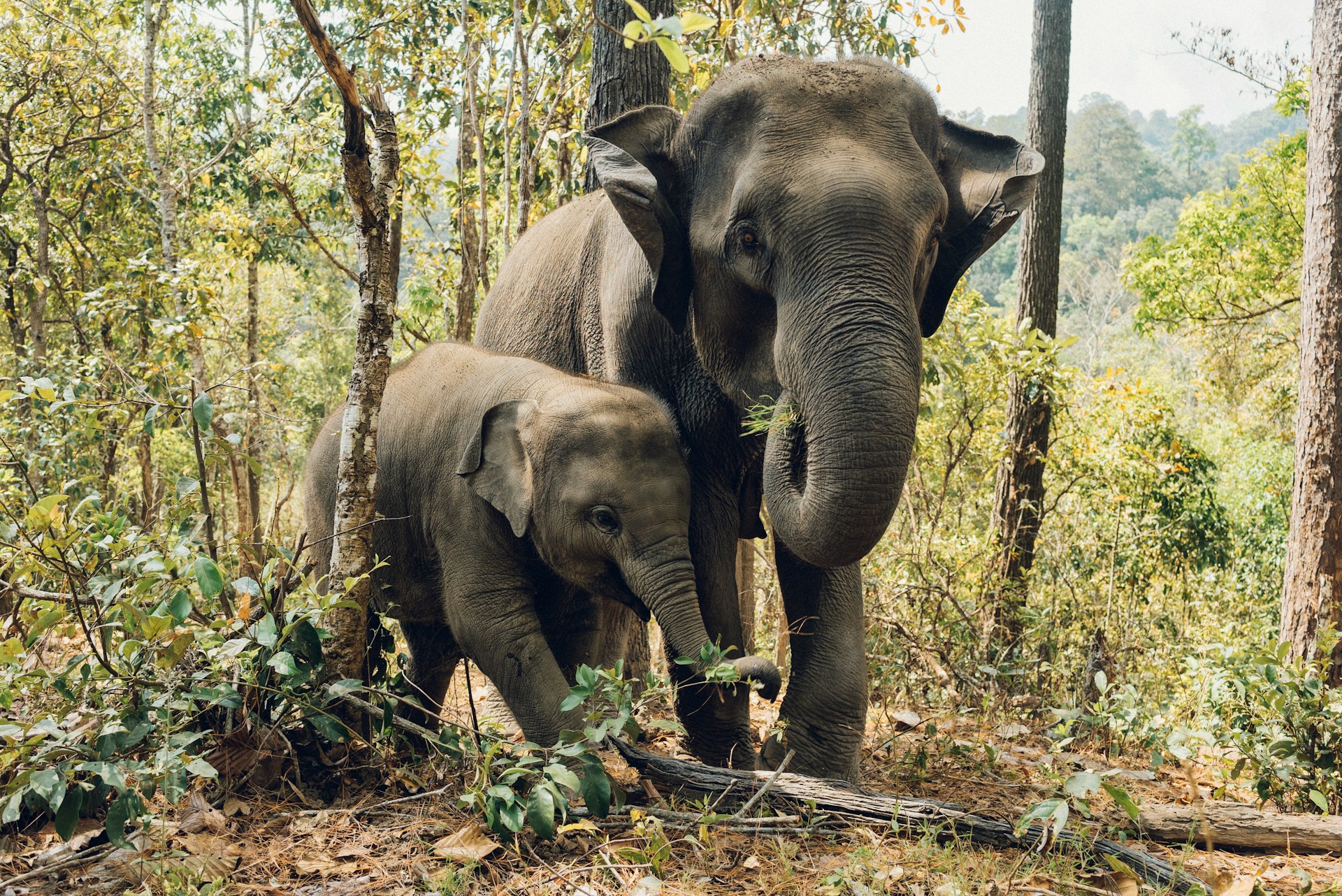
Southeast Asia, including Bangladesh, hosts the majestic Asian elephant, the largest terrestrial creature on the continent. Classified as endangered in Bangladesh due to threats from poaching and deforestation, these elephants can weigh up to 2 tons, boasting sharp tusks. Human encounters during the dry season, as elephants search for food beyond the forests, pose risks. Government measures aim to protect these creatures, emphasizing the importance of maintaining a safe distance to avoid potential danger.
Clouded Leopard
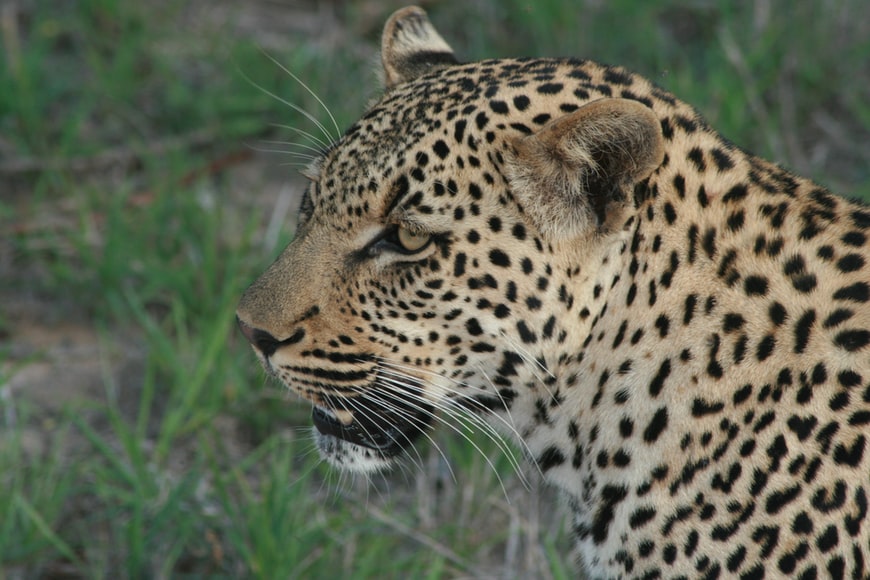
In the dense landscapes of Southeast Asia and Bangladesh, the clouded leopard, an endangered species, commands attention. While traversing different parts of the country, caution is paramount due to their aggressive and territorial nature. Human activities pose a significant threat to their habitat, making encounters volatile. Found mainly in the foothills of the Himalayas Mountains, Bangladeshi clouded leopards prey on barking deer, pangolins, squirrels, and southern pig-tailed macaques. Despite hunting bans, there remains a threat from individuals pursuing them. Keeping a safe distance from these creatures is imperative for personal safety.
Asian Black Bears

Encounters with the only bears in Bangladesh, the Asian black bears, await during your journey. Once believed to be extinct, these endangered bears thrive in their natural habitat across the country. Characterized by sharp claws and teeth, they exhibit precise and skilled hunting abilities, posing a significant danger. Often found in the Chittagong hill and mountainous regions, Asian black bears are territorial and aggressive. Conservation efforts by the local government aim to restore their population, emphasizing the importance of maintaining a safe distance to avoid potential attacks.
Gaur
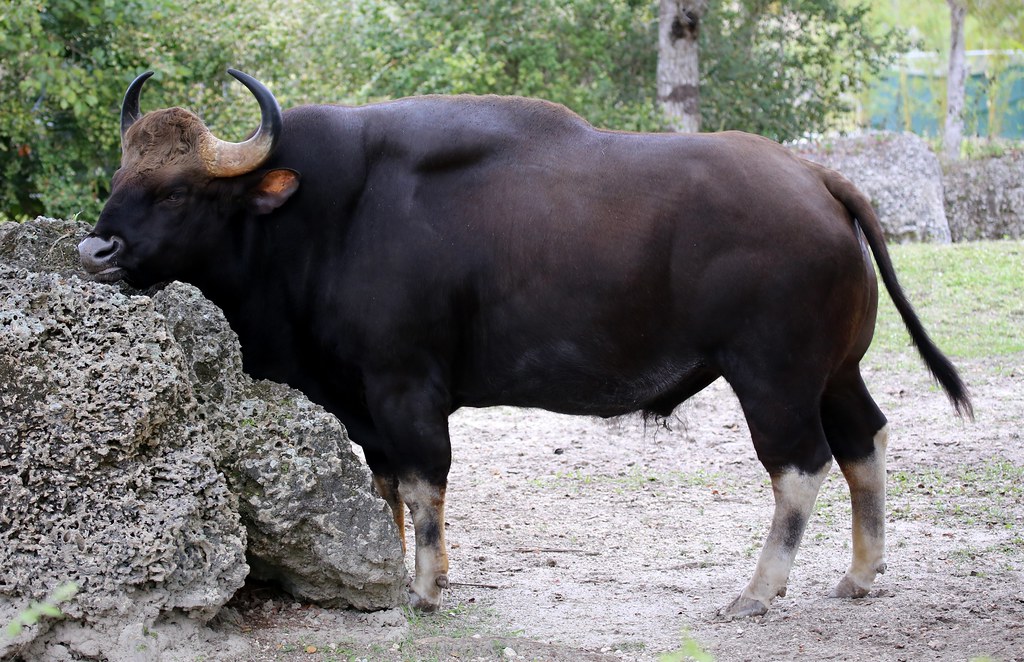
Known as the Indian bison, the Gaur, the largest in the bovine family, is native to South and Southeast Asia. Found in the Bandarban district of Bangladesh, these creatures are considered endangered due to various human activities. Weighing over a ton and armed with sharp horns, gaurs can be dangerous, particularly when accompanied by their young. Human hunting and poaching further contribute to their perilous status, underscoring the necessity of maintaining a safe distance to prevent altercations.
Pythons

Two species of pythons, among the most dangerous animals in the region, inhabit Bangladesh. Exploration of the area requires vigilance, as these pythons can reach lengths of up to 21 feet with a robust girth. Known for consuming large prey, including deer or goats, Bangladeshi pythons pose a threat during seasons of food scarcity. Their ability to swallow prey whole makes them particularly perilous. Understanding the surroundings and regions visited in Bangladesh is crucial, as these muscular creatures constrict their prey, emphasizing the need to avoid them.
_______________
Check out the dangerous animals in the nearby countries in Asia:


